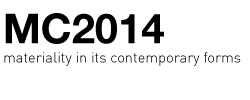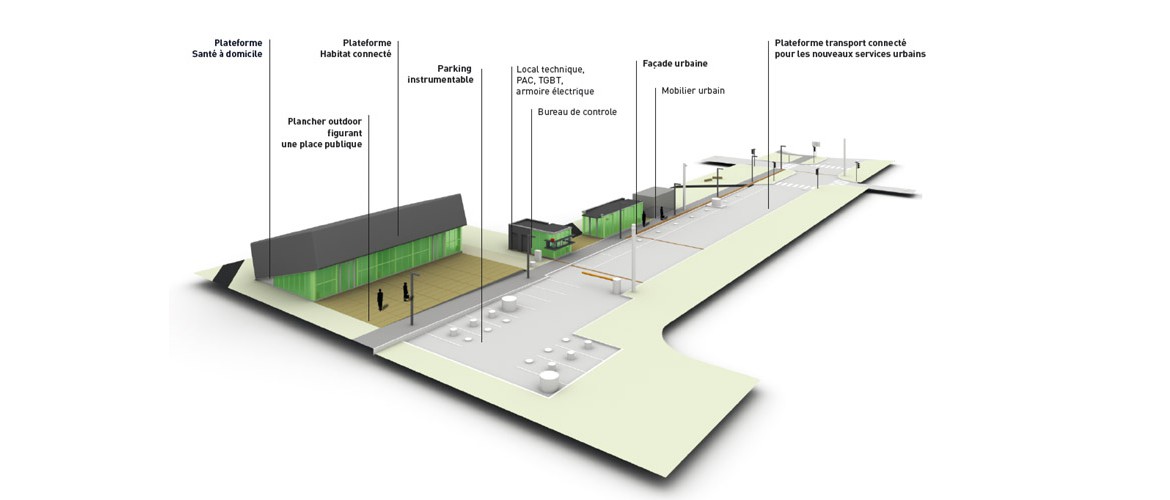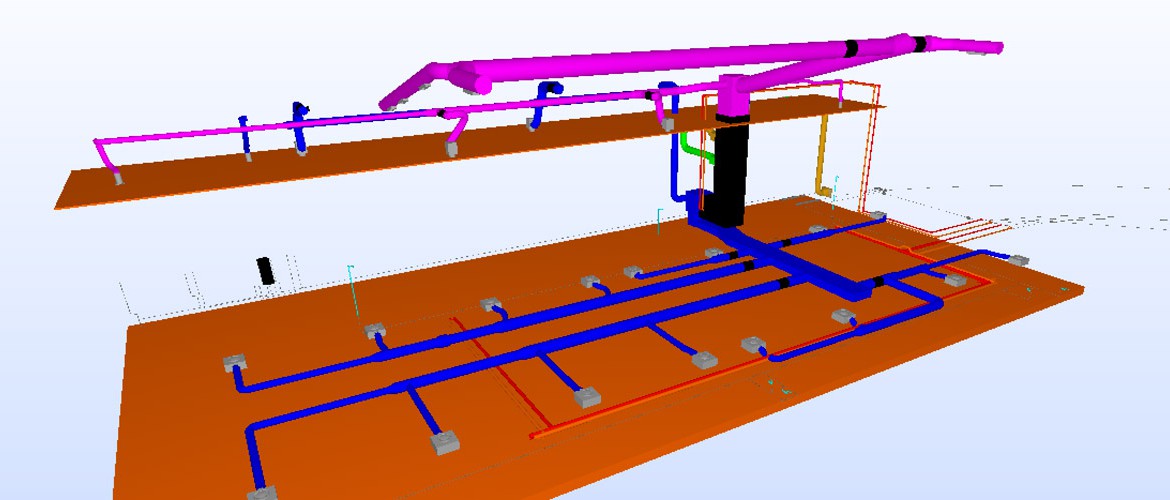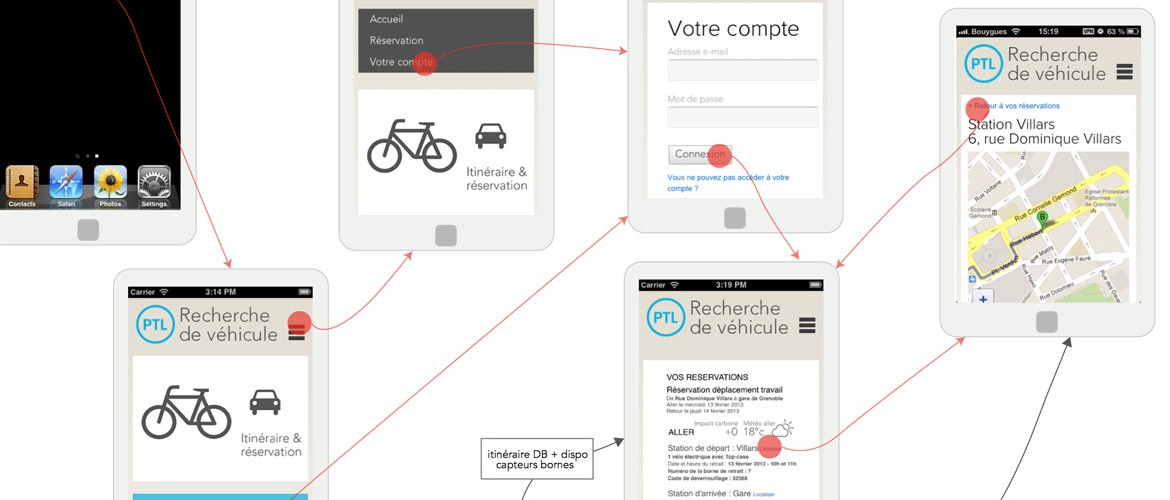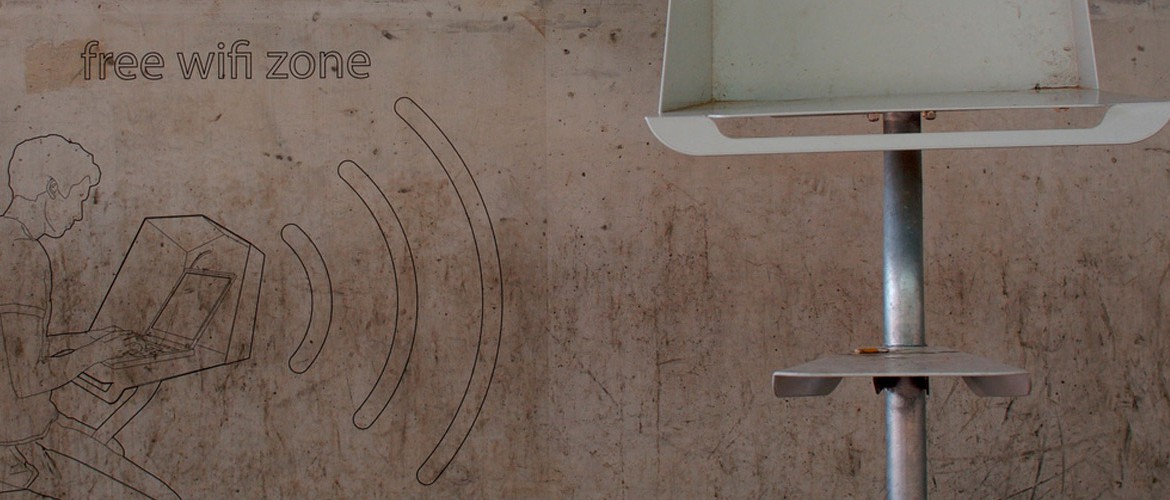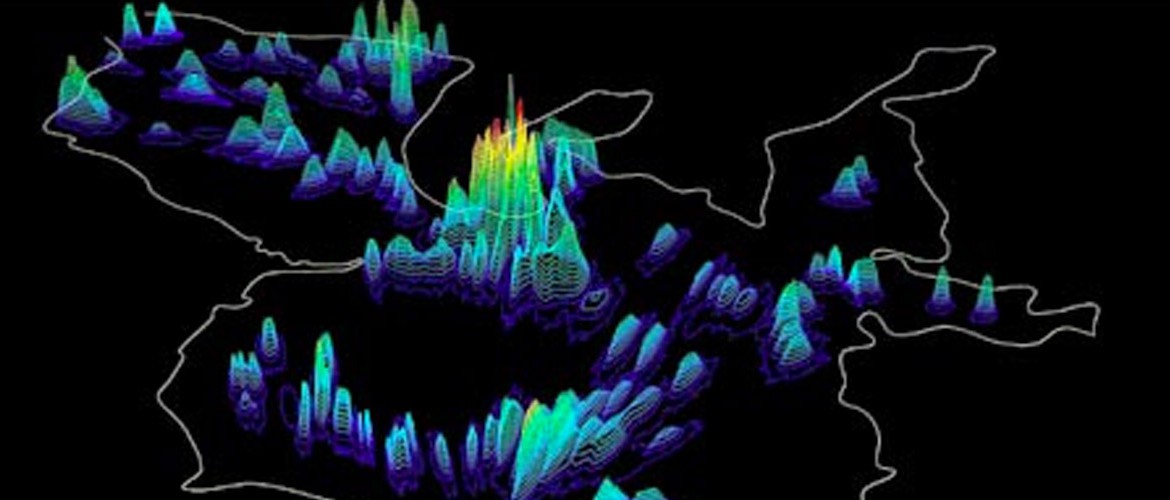The connected city is often considered from several viewpoints: designer, operator, promoter, and user. The interactive systems making their way into our buildings and urban environments fulfil a variety of functions, from communication to community outreach. Ultimately, these systems will open the door to new features and capabilities, changing the way we conceive of and use physical objects.
When it comes to meeting our cities’ sustainable development goals, technology is often hailed as the answer to making the best use of resources and ensuring optimal return on investment. And the rise of technology has given citizens a greater role in city management and other decisions, spawning new practices that could ultimately shift the social and economic balance of power.
The conference will explore the technological aspects of the connected city, systems interoperability, and the development of communicating infrastructure on the basis of completed experimental initiatives and groundbreaking new projects.
In addition, the uninterrupted flow of information that bridging technologies will make possible will change how we assess the scale of cities, their components, and physical objects. We will adopt a more holistic, systems-based way of thinking. New innovations and rapidly-evolving technology will also change the way we look at city planning. Rather than looking at discrete functions and users, we will embrace intensive, collaborative experimentation, multiplying the ways in which people can interact with their environments. This will result in a fundamental paradigm shift.
